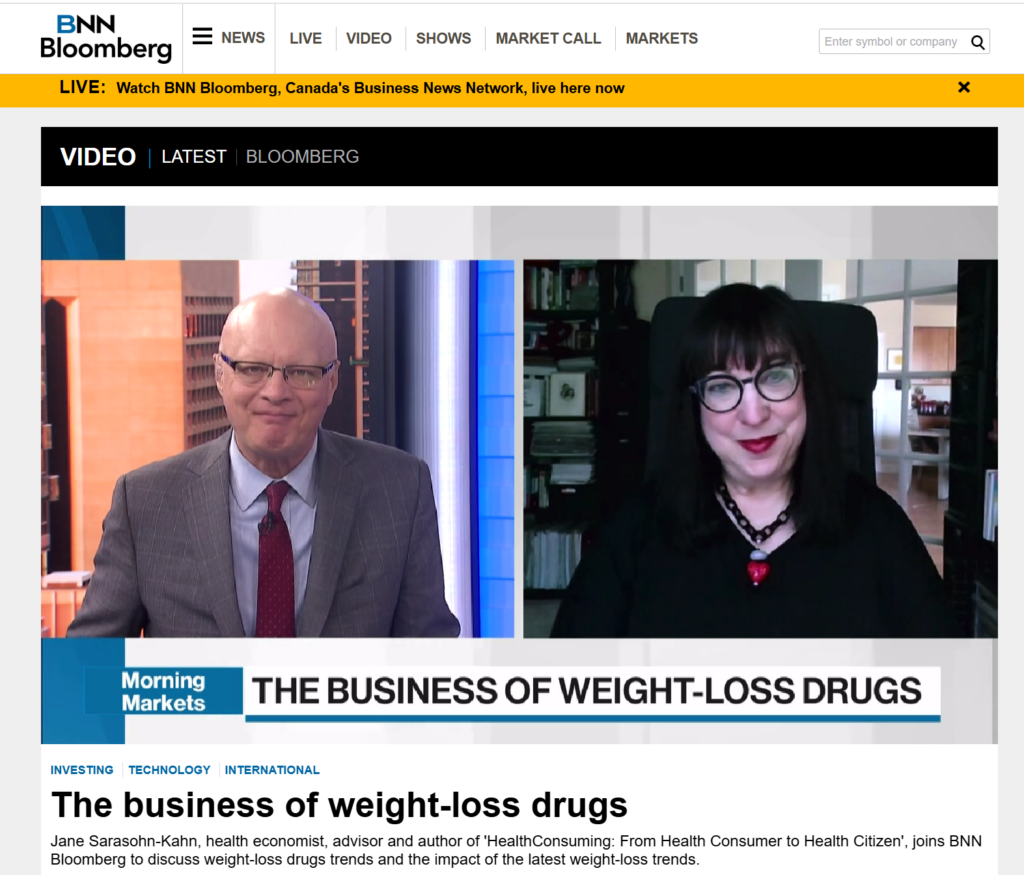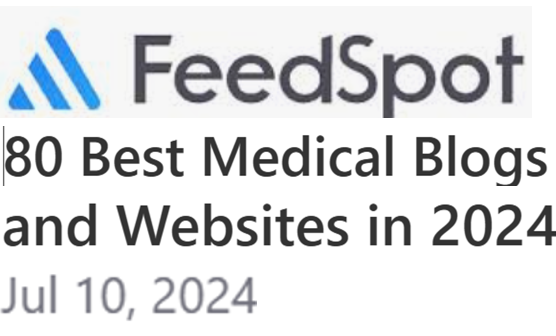What will American health care look like in 2012?
By Jane Sarasohn-Kahn on 8 September 2008 in Uncategorized
Major national health reform between 2008 and 2012, the next Presidential election, may take a back seat to many issues: The Economy, financial services bailouts, oil prices, wars in Iraq and Afghanistan (and as a wild card, Georgia?), among other front-burner challenges facing the U.S. Based on the latest Kaiser Family Foundation tracking poll into voters’ top election issues, health has slipped to the #4 issue on voters’ minds, which I wrote about in Health Populi here.
Nonetheless, a colleague-mentor in health sector market research, Richard Vanderveer, asked me to think about some scenarios about health care to 2012. Dick is the Group Chief Executive Officer of GfK’s U.S. health care companies (FYI, GfK is one of the largest market research companies in the world).
GfK published my musings in their latest Topline report. You can access my paper, Health Politics – Scenarios to 2012, here.
Health Populi’s Hot Points: There was a sharp change in Americans’ priorities for health reform between January and August 2008. Throughout 2007, voters felt that both managing health costs and expanding access to the uninsured were both very important. By August 2008 — after several months of higher-cost gas and escalating food prices, coupled with mortgage woes — Americans squarely focused on managing costs as the key health reform priority. Access took second seat to costs.
When examining the four scenarios, keep that cost mantra in mind. The average American, if there is one, is intensely focused on costs these days. The growth in retail over the past quarter was at Walmart and Costco and Target — not in the middle and higher income stores (although some very high end niche luxury stores may weather this economic storm).
If sufficient numbers of Americans lash back at increasing health costs and copays and premiums — and if a bipartisan group of people supporting access can assemble sufficient voice through, say, a Divided We Fail approach — we will see movement in the scenario matrix from north to south. That would be toward a universal care future. If not, we could be stuck in a health-à-la-carte world with increasing fragmentation, lack of coordination, and continued cost growth.





 Interviewed live on BNN Bloomberg (Canada) on the market for GLP-1 drugs for weight loss and their impact on both the health care system and consumer goods and services -- notably, food, nutrition, retail health, gyms, and other sectors.
Interviewed live on BNN Bloomberg (Canada) on the market for GLP-1 drugs for weight loss and their impact on both the health care system and consumer goods and services -- notably, food, nutrition, retail health, gyms, and other sectors. Thank you, Feedspot, for
Thank you, Feedspot, for  As you may know, I have been splitting work- and living-time between the U.S. and the E.U., most recently living in and working from Brussels. In the month of September 2024, I'll be splitting time between London and other parts of the U.K., and Italy where I'll be working with clients on consumer health, self-care and home care focused on food-as-medicine, digital health, business and scenario planning for the future...
As you may know, I have been splitting work- and living-time between the U.S. and the E.U., most recently living in and working from Brussels. In the month of September 2024, I'll be splitting time between London and other parts of the U.K., and Italy where I'll be working with clients on consumer health, self-care and home care focused on food-as-medicine, digital health, business and scenario planning for the future...